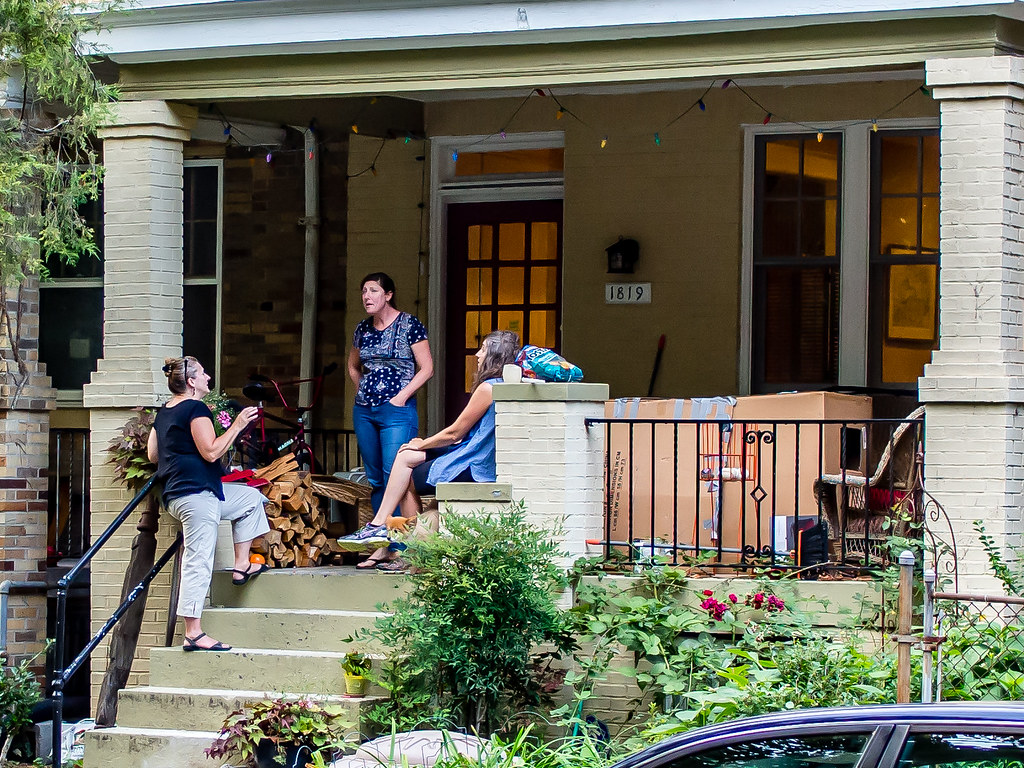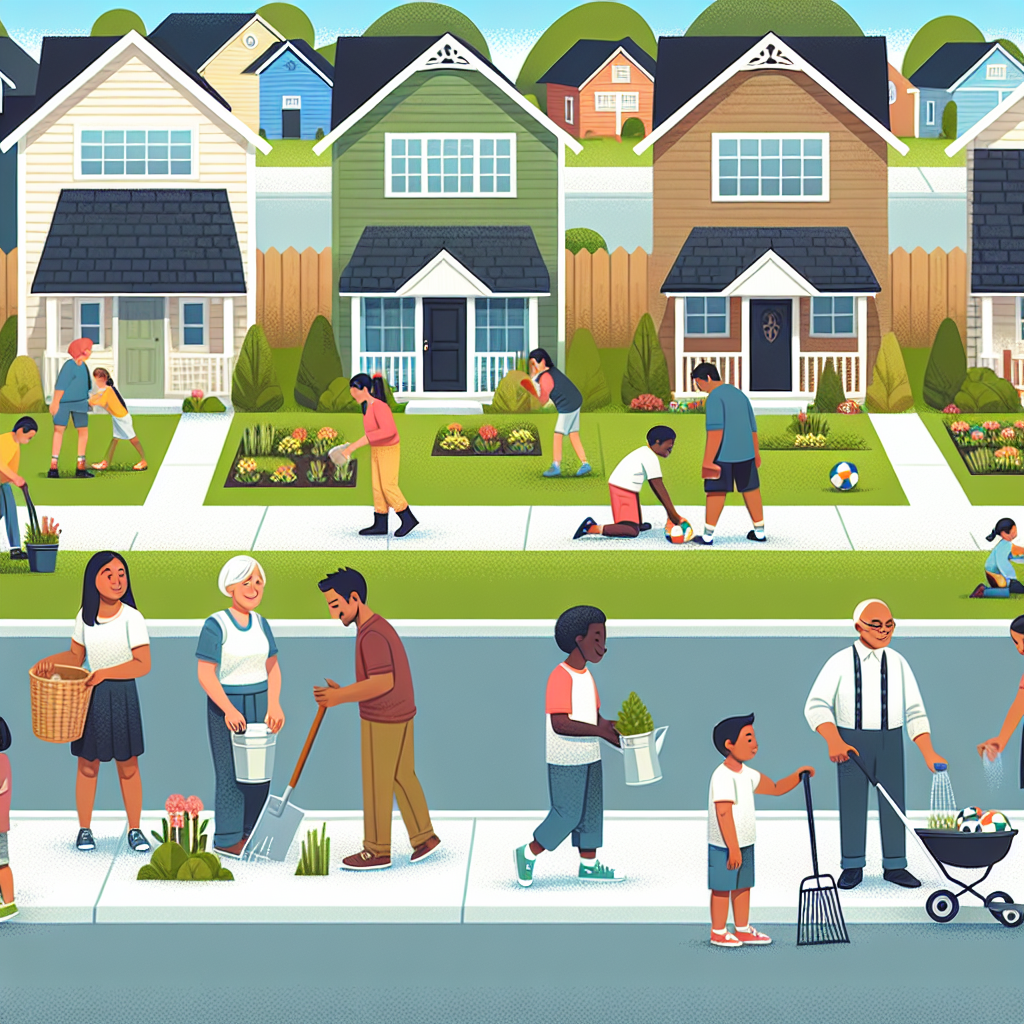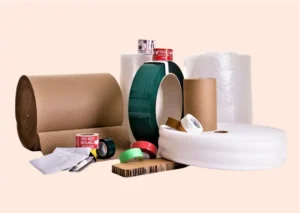Table of Contents

Article-at-a-Glance
-
Inform neighbors in advance to maintain goodwill and minimize disruptions.
-
Schedule moving activities during reasonable hours to respect quiet times.
-
Keep driveways, walkways, and common areas clear for neighborly convenience.
-
Introduce yourself to new neighbors to foster community connections.
-
Follow up with a thank you note or gesture to leave a lasting positive impression.
Setting the Stage for a Serene Move
Moving can be as much of a fresh start for neighborly relationships as it is for your living space. Whether you’re coming or going, a bit of etiquette goes a long way. It’s not just about being polite; it’s about fostering a community vibe that makes everyone feel at home.
Why Courteous Moving Matters
Imagine this: It’s early Saturday morning, and you’re jolted awake by the clanking of moving trucks next door. No heads-up, no apology—just a day-long symphony of noise and blocked driveways. Annoying, right? That’s why moving with manners is crucial. It keeps the peace and sets the tone for future neighborly interactions.
The Neighborly Moving Checklist
-
Notify neighbors about your move date and time.
-
Plan your move during community-approved hours.
-
Keep shared spaces accessible.
-
Manage noise levels, especially during early or late hours.
-
Leave your old place clean and say thanks.
Before the Move: The Art of Considerate Planning
Planning your move isn’t just about boxing up your life; it’s about considering those around you. A little thoughtfulness can prevent a lot of frustration.
Notifying Your Neighbors in Advance
Here’s the first step: drop a friendly note or have a quick chat with your neighbors. Let them know when you’ll be moving and how it might affect them. It’s simple, it’s respectful, and it can save you from side-eye glances for weeks to come.
Example: “Hey there! Just wanted to let you know we’ll be moving out next Friday. The moving truck might be a bit of a spectacle, but we’ll do our best to keep the chaos to a minimum. Thanks for understanding!”
Most importantly, this heads-up is a sign of respect. It shows you value your neighbors’ comfort as much as your own.
Scheduling for Minimal Disruption
When is the best time to move? Well, it’s not at the crack of dawn or the dead of night. Check your local noise ordinances, and plan to haul your stuff during times that won’t disturb your neighbors’ sweet dreams or family dinners.
Because let’s face it: no one wants their weekend soundtrack to be your box spring bouncing down the stairs.
Sound Strategy: Keeping the Noise Down

When the big day arrives, it’s not just about moving stuff—it’s about moving with minimal disruption. This means being mindful of the noise you create. The rumble of a moving truck, the thud of furniture, and the echo of footsteps can be a disturbance. So, what can you do? Start by laying down protective floor coverings to muffle footsteps and by closing doors gently. If you’re working with movers, let them know about the noise concern. They’re pros and will understand the importance of keeping it down.
Space Management: Avoiding Driveway Dilemmas
Parking can become a battlefield on moving day. Your moving truck needs a spot, and so do your neighbors’ vehicles. The solution? Communication and planning. If you can, reserve a parking space for your moving truck ahead of time. This prevents last-minute scrambles and shows your neighbors that you’ve thought about their needs too.
-
Coordinate with your moving company about where to park.
-
Ask neighbors if they’re okay with your moving truck’s location.
-
Leave room for others to pass by, especially emergency vehicles.
By managing the space effectively, you’re saying, ‘I care about your day running smoothly, just as much as mine.
Besides that, if you have multiple cars, consider parking them elsewhere to free up space. Your neighbors will thank you.
Community Paths: Ensuring Clear Walkways
There’s nothing worse than navigating an obstacle course of boxes and furniture just to get to your front door. Keep the sidewalks and hallways clear. Not only is it courteous, but it’s also a safety issue. Blockages can be a real hazard, especially for children and the elderly.
After the Move: Leaving on Good Terms
The last impression is just as important as the first. As you say goodbye to your old neighborhood, leave it better than you found it. That means tidying up after your move. Don’t leave a mess behind for someone else to deal with. It’s your final act of neighborliness, and it matters.
Debris-Free Departure: Tidying Up Your Turf
Once the dust settles and the moving truck pulls away, take a moment to look around. Any packing materials or debris left on the lawn? Pick it up. A clean sweep of your old place isn’t just about being neat; it’s about respecting the community you’re leaving.
Parting Words: A Thank-You Goes a Long Way
And here’s the cherry on top: a simple thank you. Whether it’s a note, an email, or a face-to-face farewell, expressing gratitude for your neighbors’ patience and understanding during your move can leave a lasting positive impact. It’s the kind of thing people remember.
Example: “Dear neighbors, thank you for your kindness and patience during our move. We’ve been fortunate to have such wonderful people living next door. Wishing you all the best!”
A little appreciation goes a long way in leaving a good impression and maintaining that friendly neighborhood spirit.

Arriving at Your New Abode: First Impressions Count
You’ve made it to your new home, and it’s time to start on the right foot. Introducing yourself to your new neighbors isn’t just polite; it’s the first step in building a community where you feel connected and supported.
Greet and Meet: Introducing Yourself
Don’t wait for your neighbors to knock on your door. Take the initiative and say hello. Share a little about yourself and ask about the neighborhood. You might be surprised at how a quick introduction can pave the way for future friendships and mutual support.
Remember, a warm smile and a friendly handshake can work wonders in making those initial connections.
Laying Down Roots: Participating in Community Life
Once you’re settled in, look for ways to get involved. Whether it’s a neighborhood watch program, a local event, or a community garden, participation shows you’re invested in your new neighborhood’s well-being. It’s not just about living in a place; it’s about being part of it.
The Finishing Touch: How to Be a Memorable Former Neighbor
It’s not just about moving in or out; it’s about the legacy you leave behind. A good neighbor is remembered not only for their friendly waves but also for their actions, especially during transitions like moving.
Passing the Baton: Sharing Helpful Insights
Before you hand over the keys, consider passing on valuable information to the new residents. Maybe there’s a trick to getting the garbage disposal to work, or perhaps you’ve got the inside scoop on the best day to put out the trash. This knowledge transfer is a final act of kindness to the incoming neighbors and the community.
-
Leave a note with helpful tips about the house and neighborhood.
-
Share information about community events or local services.
-
Introduce the new neighbors to others if possible.
These small gestures can make a world of difference in helping the new residents settle in comfortably.
Contact Us: For Smooth Moves and Friendly Waves
Feeling overwhelmed with the etiquette of moving? Don’t fret. We’re here to help you navigate the process with ease and grace. From planning your move to introducing yourself to new neighbors, our tips are designed to make sure you leave a positive, lasting impression both coming and going. If you need personalized advice or have questions, don’t hesitate to Contact Us. We’re committed to promoting community harmony and making every move a friendly one.
FAQ

How early should I notify my neighbors before moving?
It’s best to notify your neighbors at least a week in advance. This gives them enough time to adjust their plans if needed and shows that you’re considerate of their schedules.
What are quiet hours typically, and how do they affect my move?
Quiet hours vary by community, but they’re usually from 10 PM to 7 AM. Plan your moving activities outside these times to avoid disturbing your neighbors and to comply with local noise ordinances.
Is it necessary to clear pathways if my movers are only using the back entrance?
Yes, it’s important to keep all pathways clear, not just for courtesy but also for safety reasons. Remember, your neighbors need to access their homes without obstacles, regardless of where your movers are working.
How can I introduce myself to new neighbors during a move?
Take a short break from unpacking and go door-to-door to say hello. You could even invite them over for a small housewarming once you’re settled. The gesture doesn’t have to be grand; it’s the thought that counts.
What are some ways to stay connected with former neighbors?
Staying connected can be as simple as exchanging contact information before you leave. You can also stay in touch through social media or plan visits if you’re not moving too far away. Remember, good neighbors become good friends, and distance doesn’t have to change that.
Moving is a complex process that involves more than just packing and unpacking. It’s about transitioning with consideration and respect for those around you. By following these tips for good neighbor etiquette, you’ll ensure that your move is as smooth for your neighbors as it is for you. And if you ever need guidance or have questions about making your move neighbor-friendly, remember that we’re just a click away. Reach out to us for advice that ensures you’re remembered for all the right reasons.



